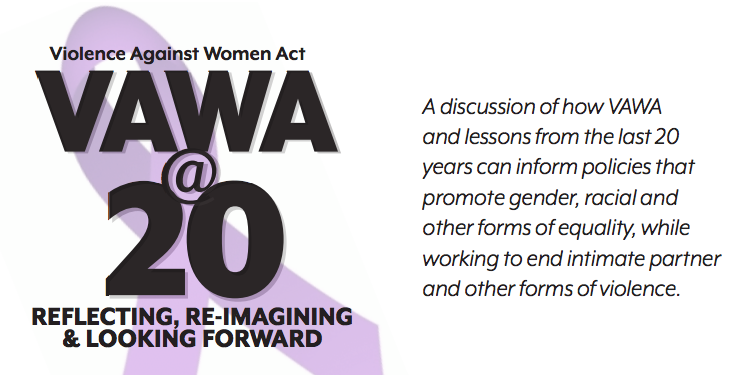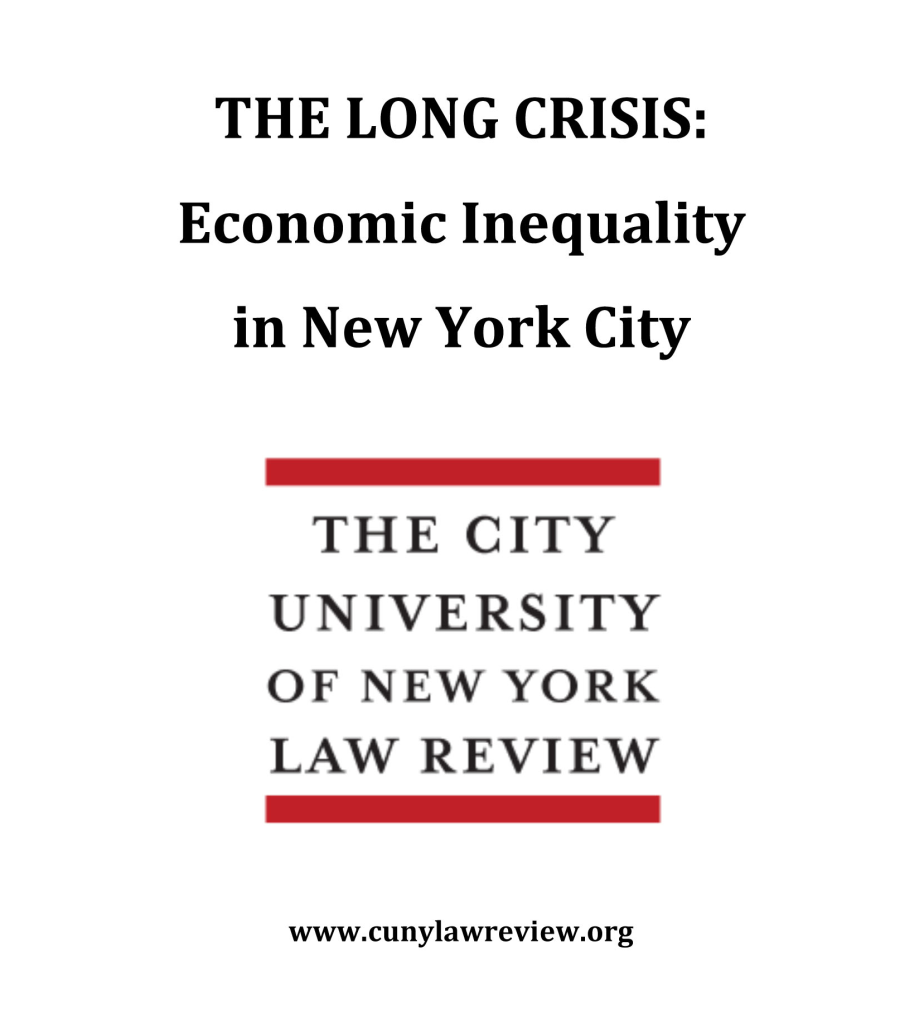Kerry Toner
Click here for a recommended citation and to download a paginated PDF version of this article.
I’m struggling to work in a world of domestic violence (DV)[1] services defined by the criminalization of DV. This is largely due to remedies created or strengthened by the Violence Against Women Act (VAWA), first passed by Congress in 1994. Want the violence to stop? Get an order of protection. Housing based on your status as a DV survivor? Produce police reports naming you as a crime victim. VAWA has been successful in its two central goals, at least on the surface: increased remedies within and improved access to the criminal legal system, and increased public awareness. However, its widespread impact has also been to reduce the extremely complex social phenomenon of DV to specific acts that can be easily absorbed into our existing legal structures. As sociologist Beth E. Richie has said, when we won the mainstream, we lost the movement.[2]



